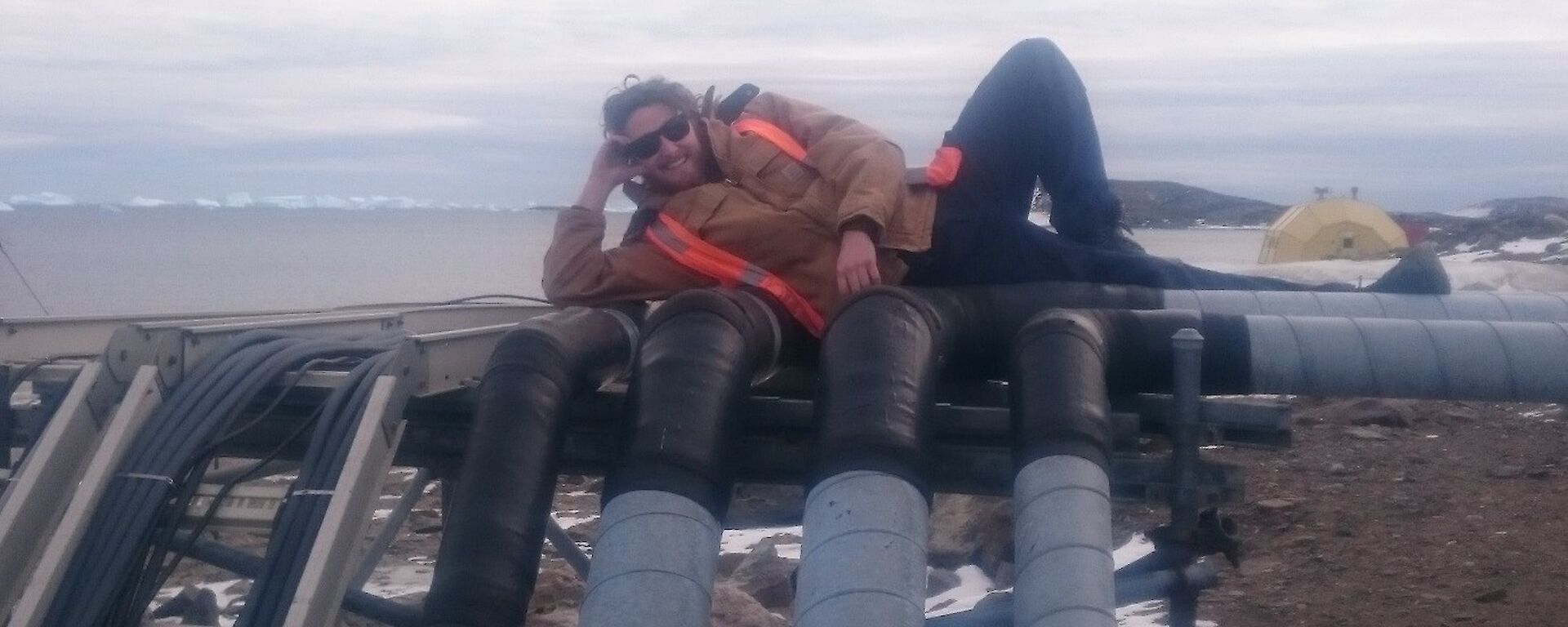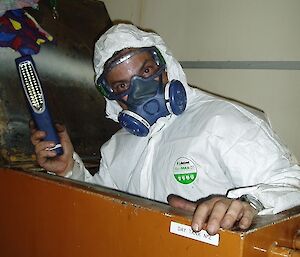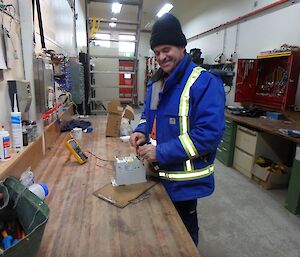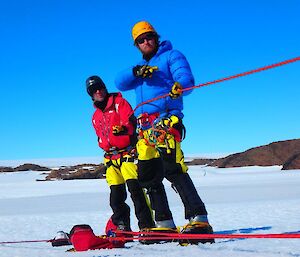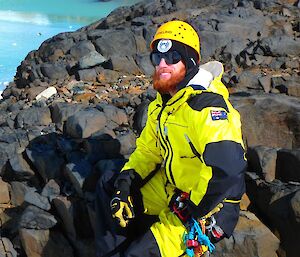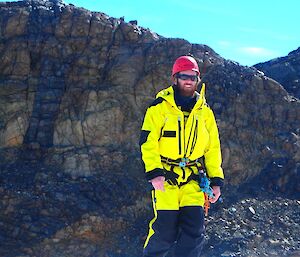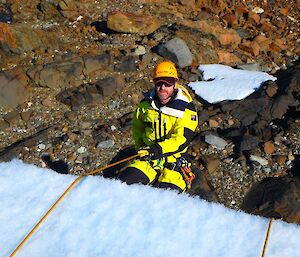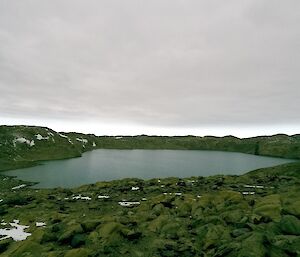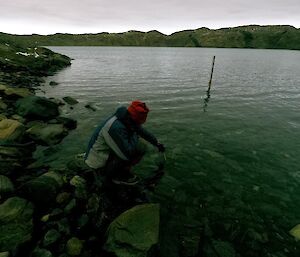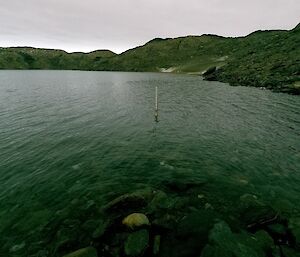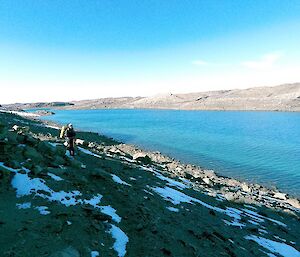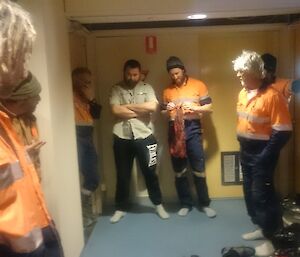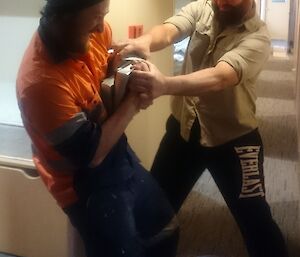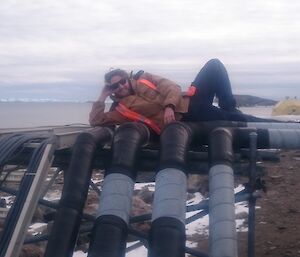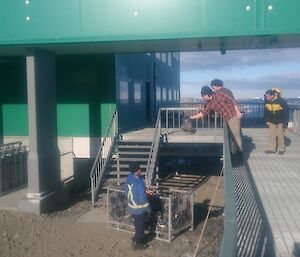The last time we spoke I think I was telling you about our visitors from nearby nations that drop in from time to time in the summer months. Now that the last ship of the season has departed our shores, we aren’t expecting to see anyone for the next eight months as we head into the winter period of our expedition. With numbers now reduced to 17, I would like to talk about a fairly significant group of expeditioners numbering seven in total which is the Davis infrastructure team of 2017.
We are an eclectic bunch, brought together from all corners of Australia including country WA, Minnipa in South Oz, Geelong the land of the cats (footy team), Jervis Bay — if you’re into sharks, Devonport for those lovers of ‘The Ferry', Adelaide SA, and Townsville.
Between us we have 148 years of trade experience to share and as far as Antarctic experience goes the numbers add up to eight summer seasons and seven winters not including this winter which we will soon be able to add to the total.
One of the most rewarding aspects of being an expeditioner is when you get to know every one of your team members and spend time finding out what makes them the people that they are and what they have been up to in their lives prior to heading ‘south’ to this place we all call home.
To be an expeditioner I think you have to have a certain amount of let’s say adventurousness in your blood and, after all, that’s why we are here. There are so many personal accounts and experiences to mention but a few are that we have a Tae Kwon Do World Champion amongst us and an avid deep water diver that doesn’t mind the company of sharks!
Many of our members have hitchhiked and travelled extensively abroad and some of the favourite places that bring back fond memories are the highlands of France (skiing of course), Mostar in Bosnia, bungee jumping off the Verzasca Dam in Switzerland, surfing and snorkelling in Hawaii, Obersee Lake in Germany and also living in the snowfields of Canada for 16 years. We are all eagerly waiting in anticipation for the slide shows of these accounts, and more, as a way of sharing our stories with our own little community for the relatively short time that we are together.
Of course with such a large group we are involved with many communal roles and all members of the trade team make up part of the emergency response team (ERT) in some form or another including fire chief, breathing apparatus team members, first responders, Hägg drivers and pump controllers.
I hope you have enjoyed a bit more of what it means to be an expeditioner and some of the core functions we all provide every day to make this place we call home, a very special place indeed.
Until next time…
Tony (deputy station leader, building services supervisor and plumber)

